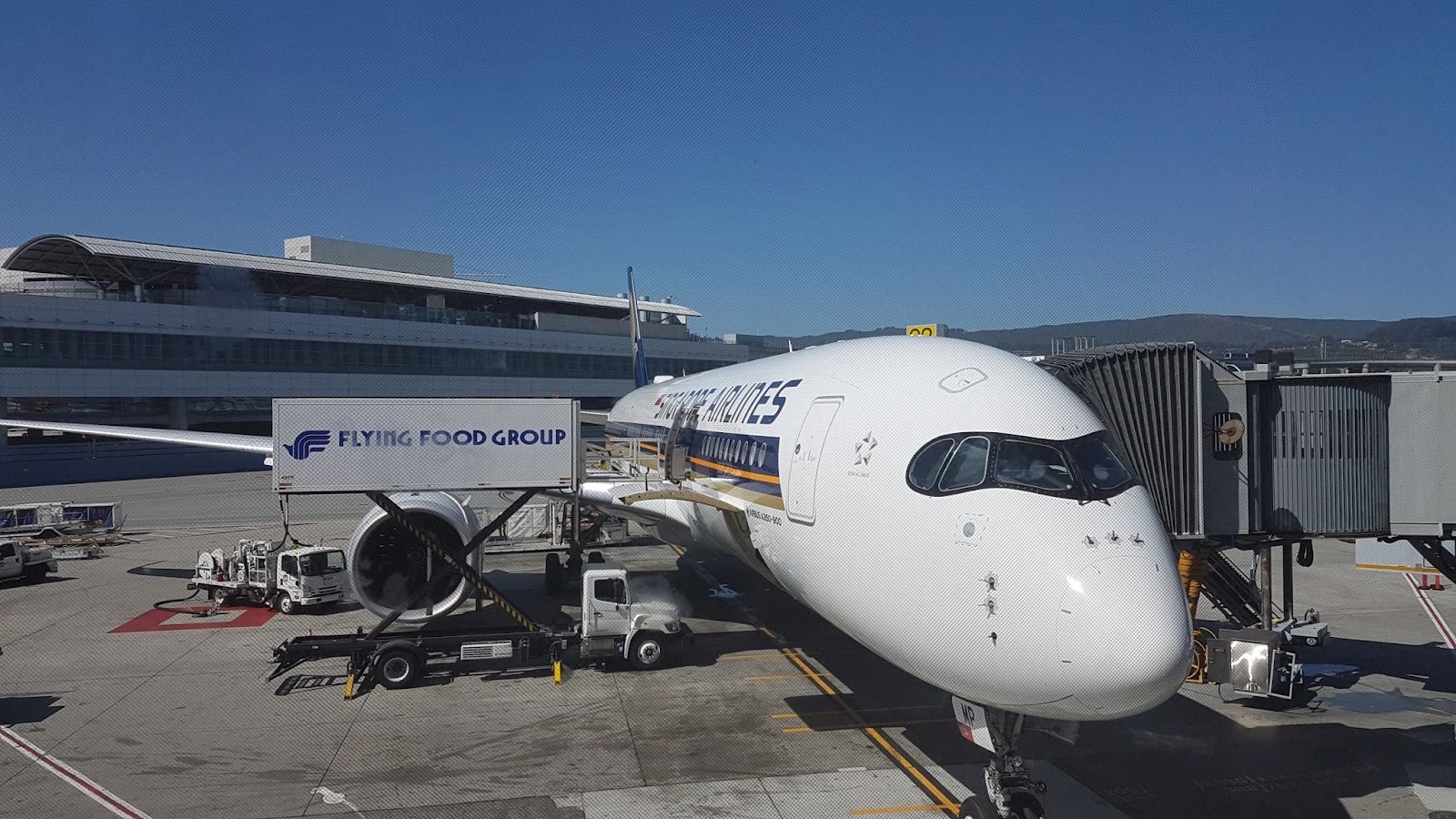 “Hi this is Janey from AcmePR. I was just wondering if you received the press release on our new product.”
“Hi this is Janey from AcmePR. I was just wondering if you received the press release on our new product.”
This type of phone call is the bane of every journalist, editor, reporter and producer working in the media.
“I really hate the follow up call,” said a leading Australian magazine editor.
“Ninety-nine times out of one hundred it is from a poor PR lackey that has been told to ring you and ask you this banal question and whether you are going to do a story on it.”
The follow up call that has no value, does nothing except interrupt someone and ask him or her if they have received something they are likely to have received.
Not all media releases go out to the media never to be heard of again. They can be a valid source of news ideas. “If I see something in a media release that I think has value, then I will ring,” said one Fairfax reporter. “In fact, I have rung several people today on the back of media releases.”
So how do you do a follow up call?
For the follow up call to be effective (instead of toxic) it all comes back to content.
Every media outlet is looking for content, exclusives, new information, and a fresh angle on a story.
“If you can do something for me, then I’m interested,” says a senior sections editor of a major metropolitan newspaper.
“The best publicists at a basic level pitch something that is appropriate to my publication, they know how to make themselves useful,” says a senior editor.
Before you make the follow up call:
- Do your homework on the journalist, the program, the publication or website. “Get familiar with the work they do,” says a senior features reporter.
- Find the right fit for the story – is it a profile, a business lead story, a lifestyle feature. Be realistic. Pitch something appropriate for the section/journalist. Explain why the story has “legs”. If a small Melbourne business has signed an exclusive distribution deal with Wal-Mart, that is a company-making deal and makes an obvious news story for the business section.
- Work out what they need. “The ones that I have had the best relationships with it comes down to their understanding of what I need,” says a senior Fairfax journalist. If a publicist offers an exclusive interview with a reclusive CEO, they need to follow through on the promise, lock in the interview and photo sessions and make sure that everything is done to ensure the story goes ahead.
- Make your pitch and make it short – if you can’t say it within 45 seconds, it is too long. For example: “We can give you the first pictures inside the new rugby stadium on the Yarra and an interview with the design team.” Or “Acme Enterprises has just signed a major deal with Nokia to develop a mobile phone the size of a matchbox.” Or: “I can line up for you to speak exclusively to the mayor about the fracas at the council meeting last night.”
- Be ready to make things happen. Supply relevant contact information, make it easy to line up interviews, arrange photos/filming/taping and get the story done.
- If you have given the story to other media outlets, or even other reporters from that publication, let the person know. “Thinking you can have multiple bites of the cherry is possibly the most infuriating thing a publicist can do,” says a senior arts editor.
- Get the timing right. If it is a news story that needs to be produced that day, make the follow up call within a couple of hours of the release. If the PR pitch has a longer shelf life, wait a few days before following up.
- Be realistic about the value of the story, the quality of the information you have and be wary of too much spin. For example: ”Hi, I’m from Acme PR. I’m calling up about Tim Rodger’s latest book “The Tough CEO”. It’s really amazing, I have read it myself and he just has the most fantastic insights. Did you receive our press release?” That weak pitch is never going to work, however a pitch that cuts through the PR spin is going to be more effective. “Hi, I’m just following up on a release I sent through about Tim Rodger’s book. What’s really interesting is that Rodgers says Australians don’t have what it takes to be effective CEO’s on a world stage and reveals for the first time what Sol Trujillo really meant when he said Australia was ‘backward’”. Immediately, much stronger and more specific angles.
Don’t
- Don’t waste a journalist/presenter/reporter/producer’s time.
- Don’t be a stalker.
- “There is no need to woo me with lunches, gifts and entertainment. Just get the information out,” says a news editor, on a metropolitan daily
- Don’t fudge. Play with a straight bat and go easy on the spin.
- Don’t try and write the story for the journalist.
- Don’t tell the journalist that you have a story that they will want to use – that is their job, not yours, to decide
- Don’t promise things you can’t deliver. i.e. exclusives or a 60-minute interview when the CEO who only has 15 minutes for the interview AND portrait.
- Remember you are not best mate of the person you are ringing, so stop acting like it with an over familiar phone manner.
Feedback
We know this topic is often not quite so straightforward and many media relations people will have further comments or questions. Submit your feedback for your chance to win a bottle of Seppelt’s Salinger bubbly to celebrate the festive season.





